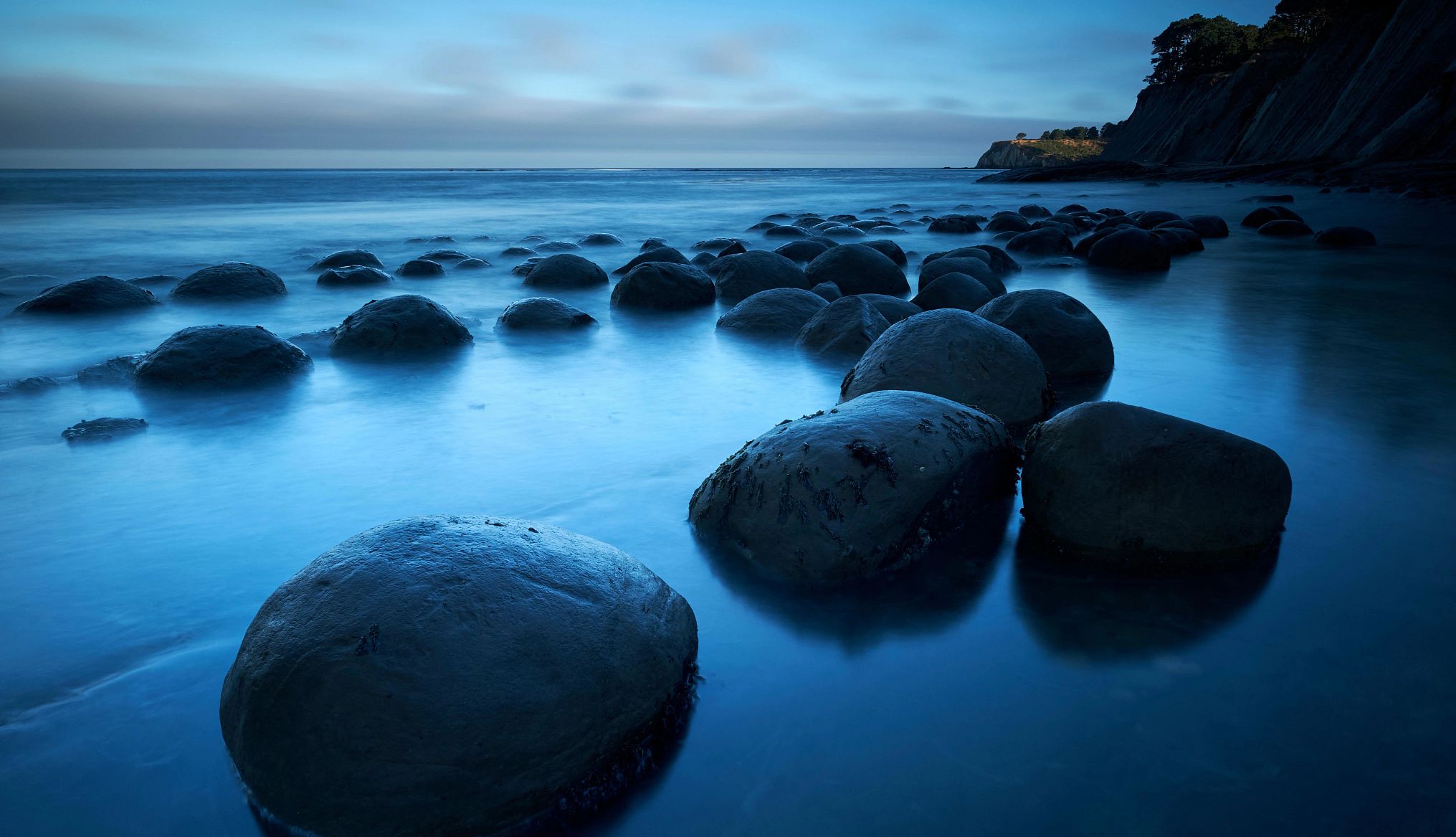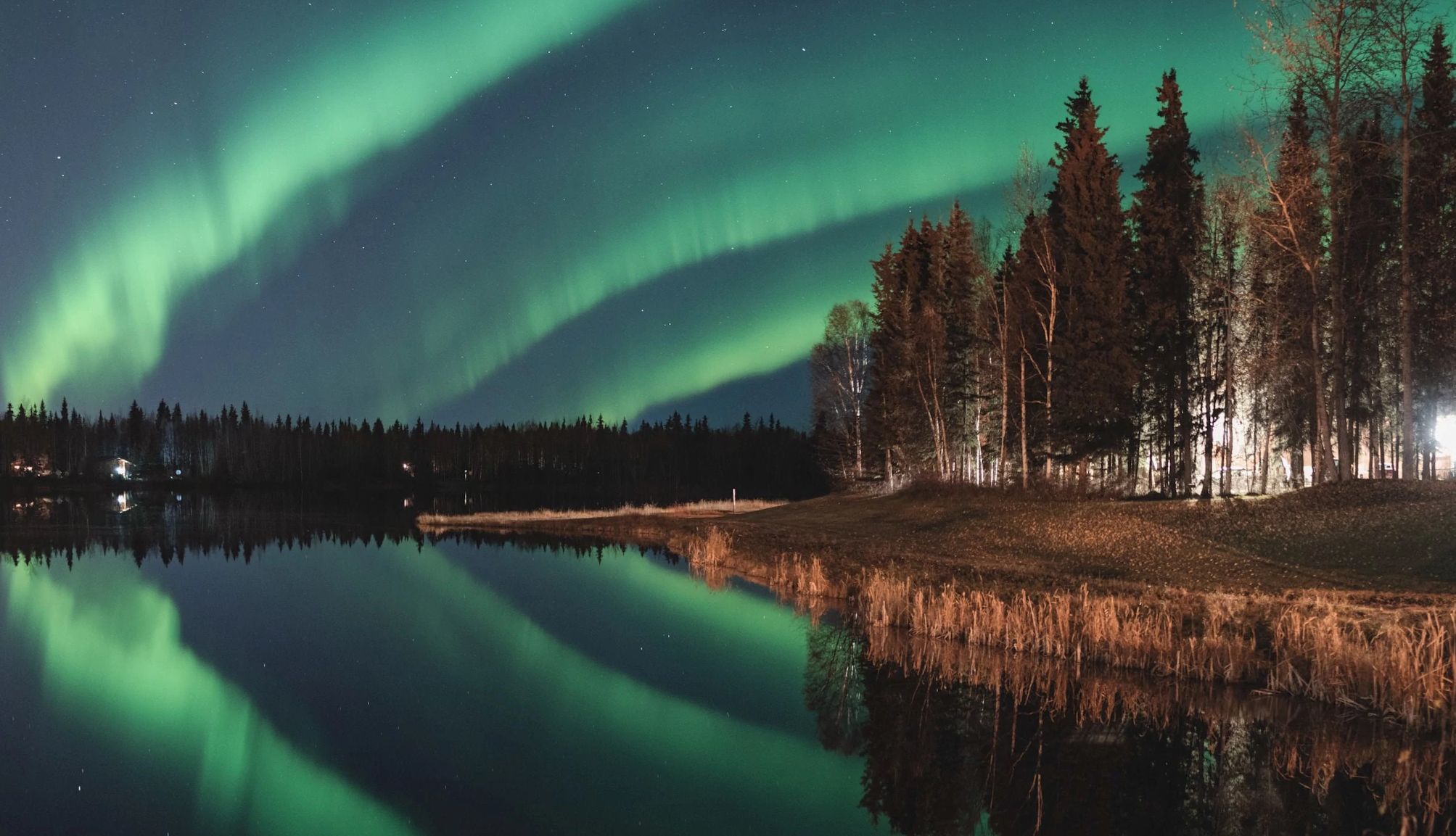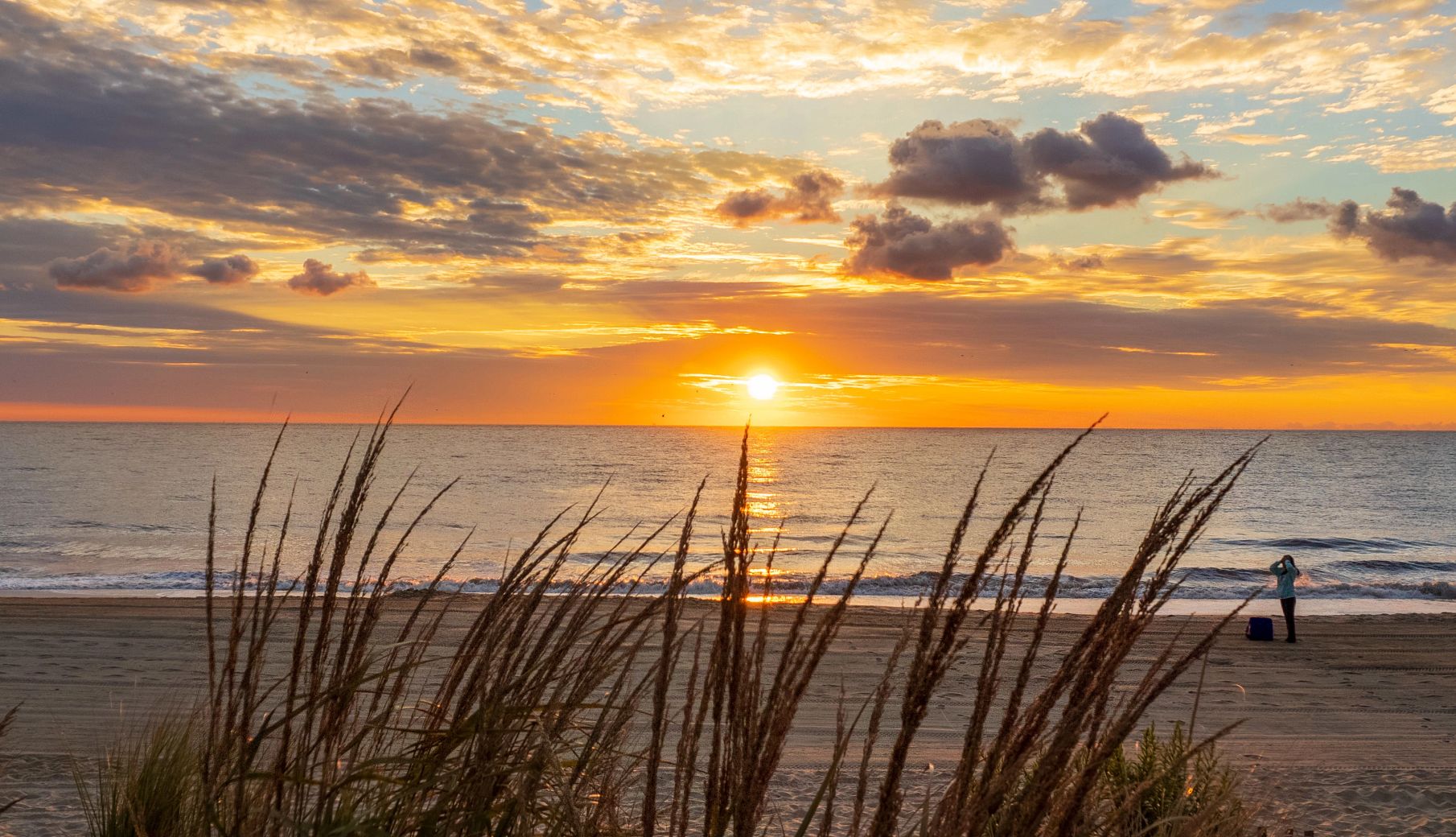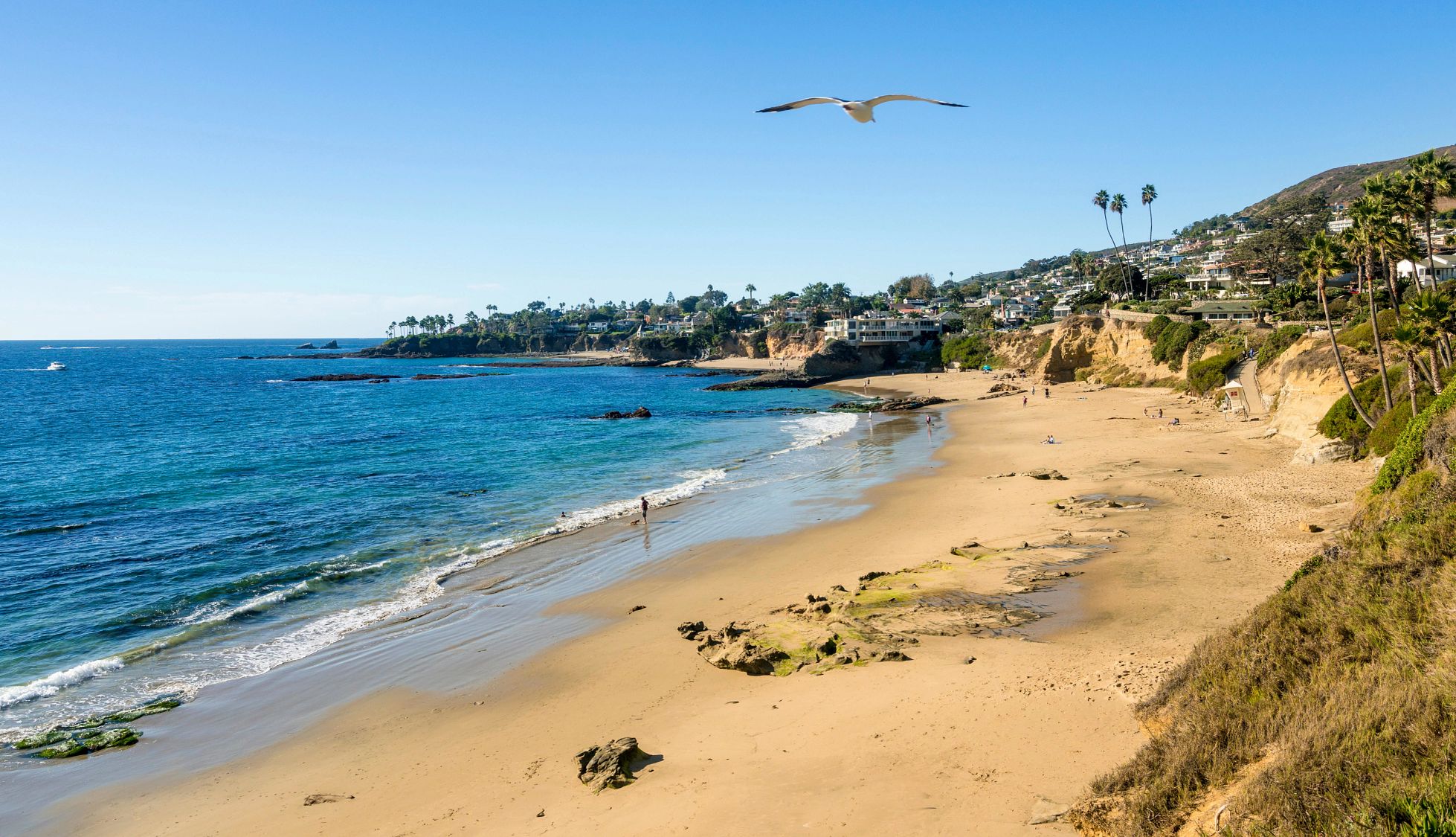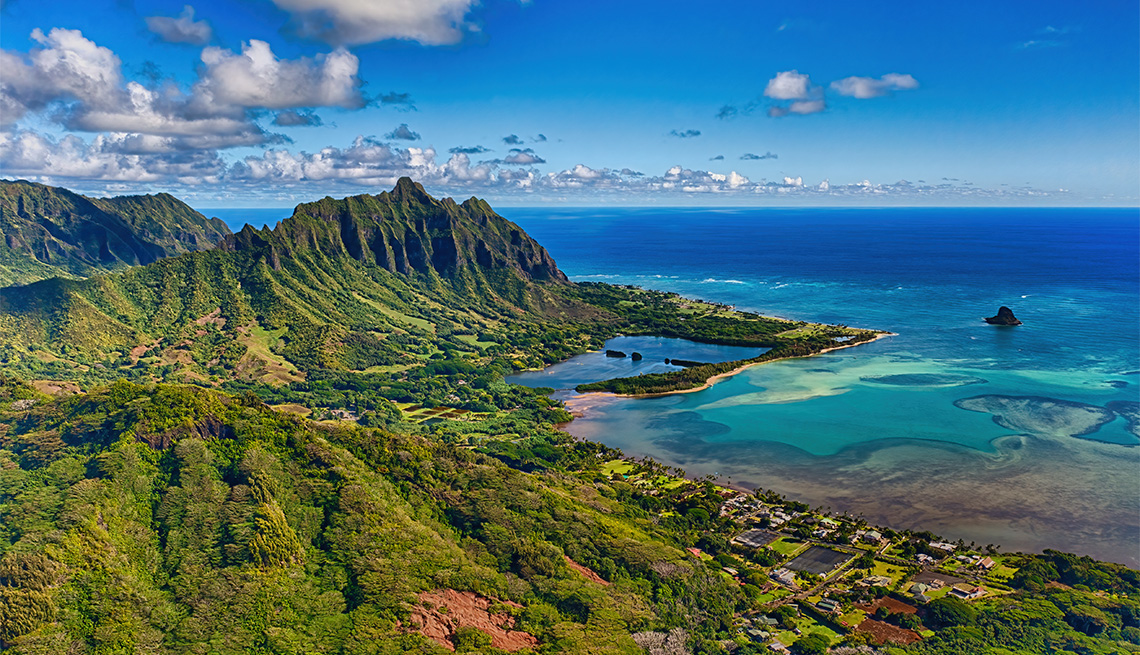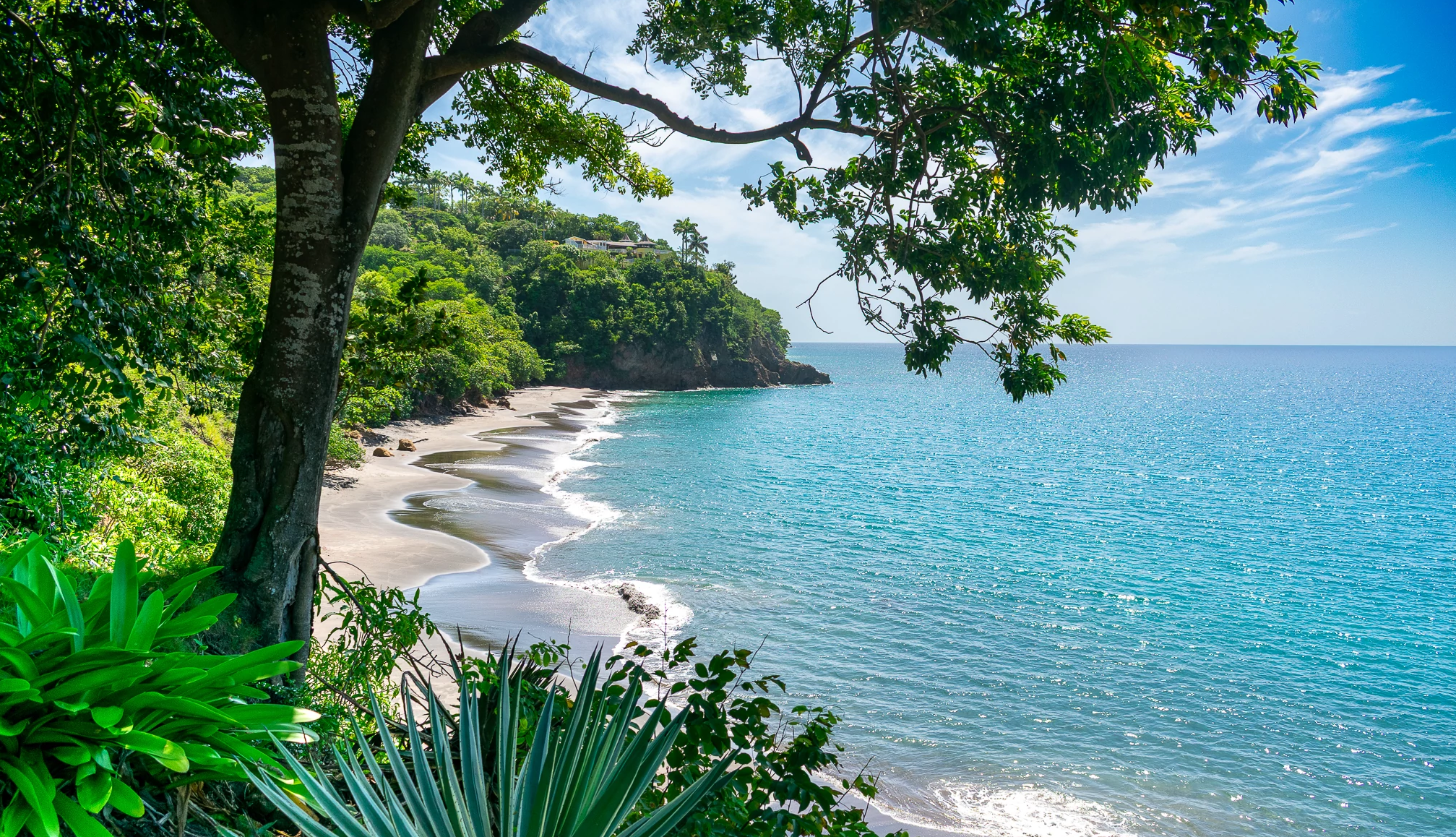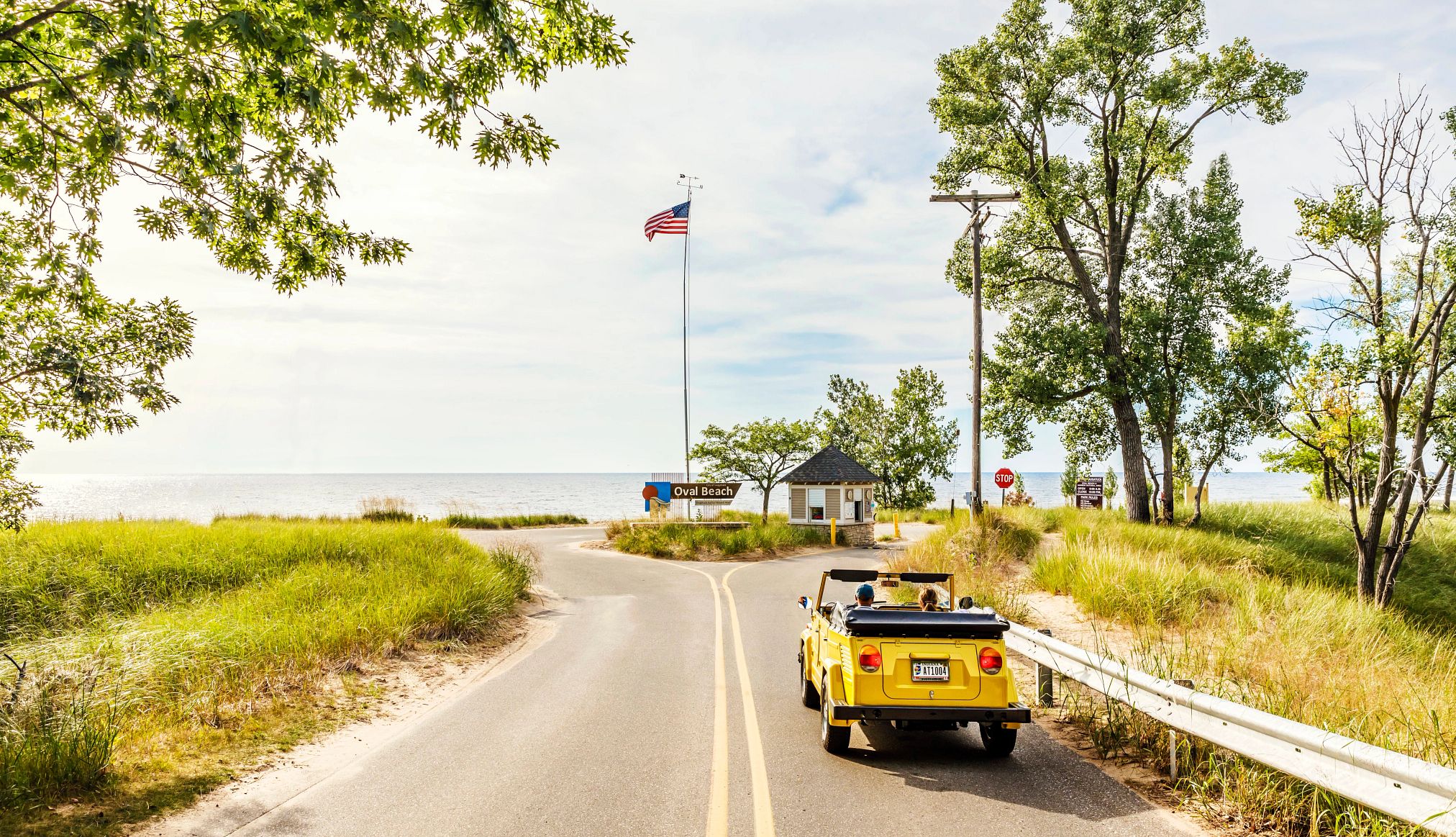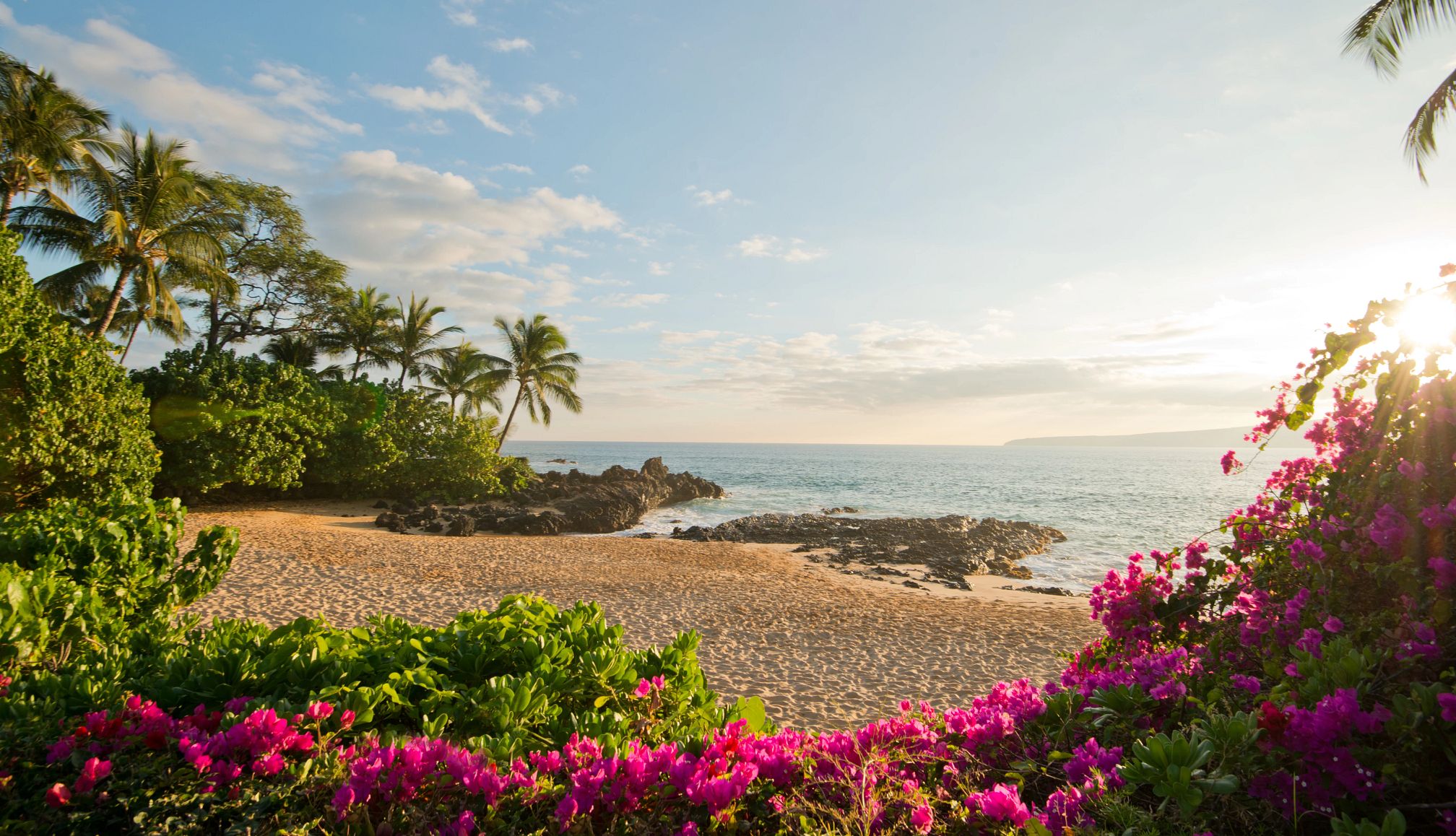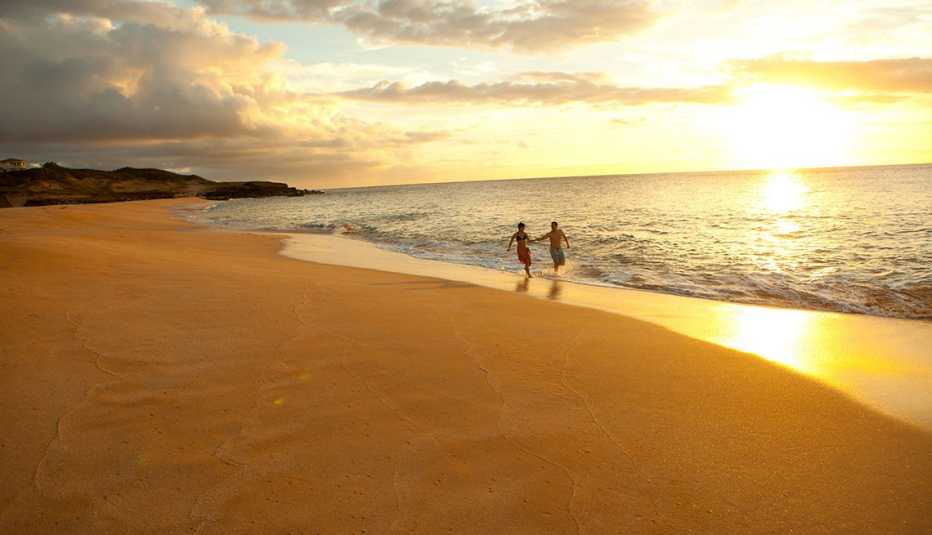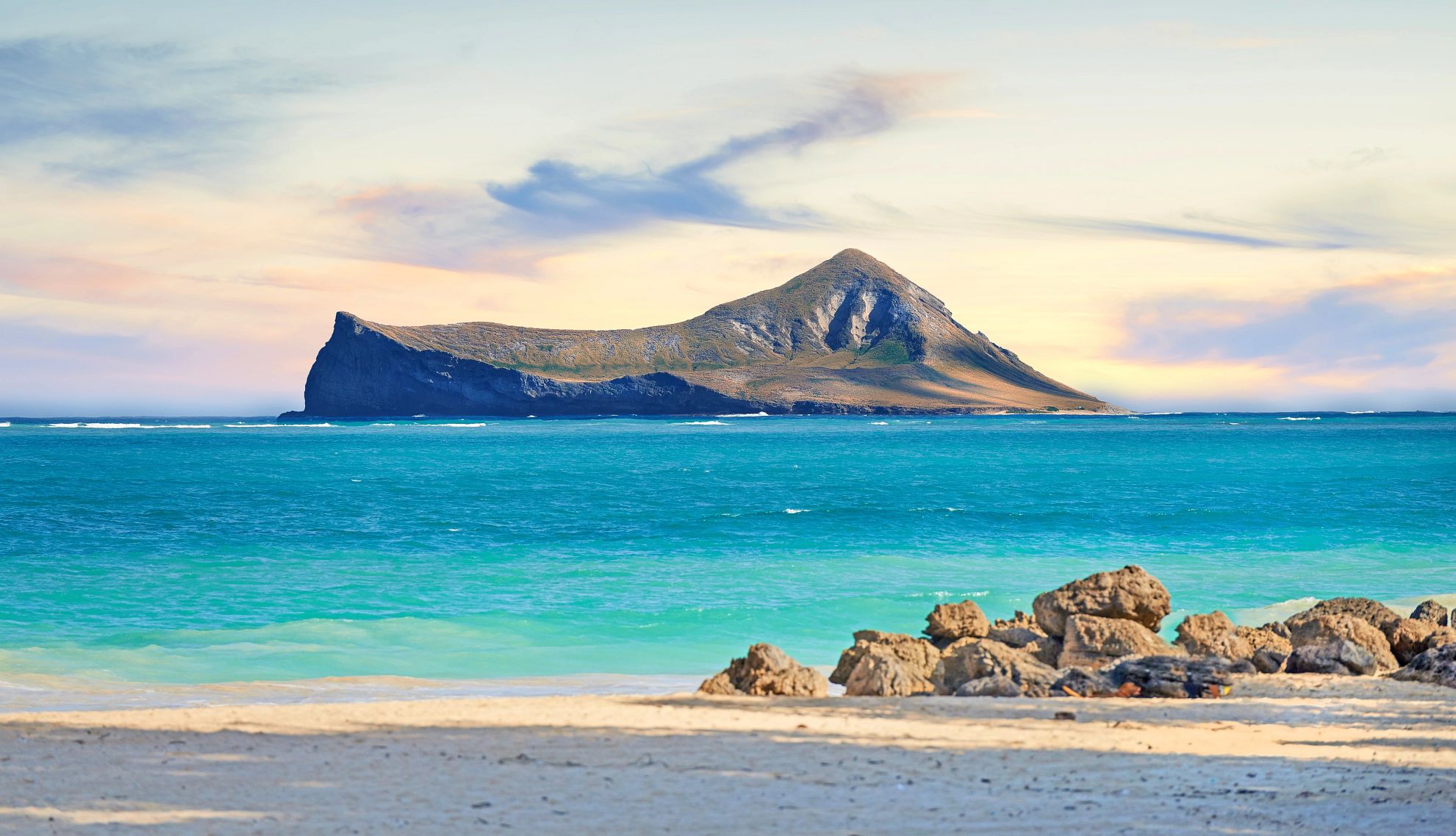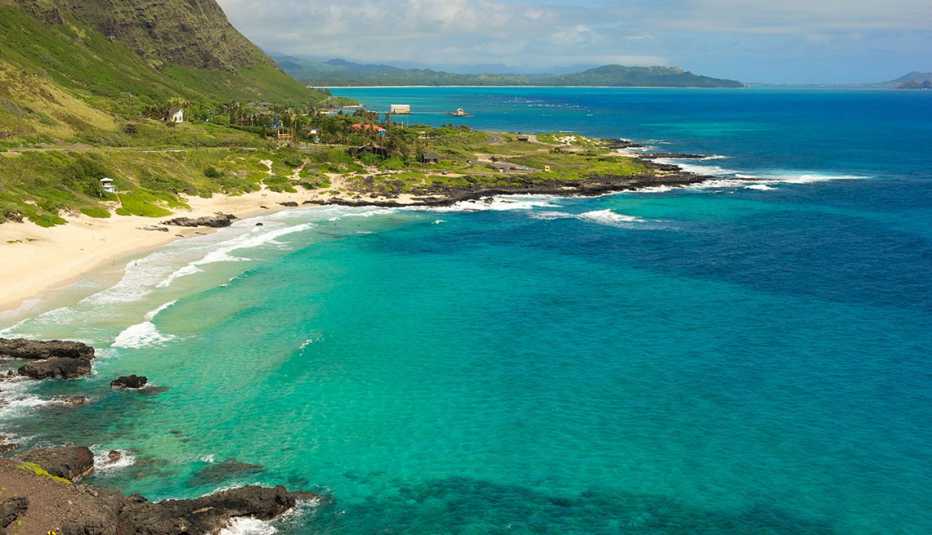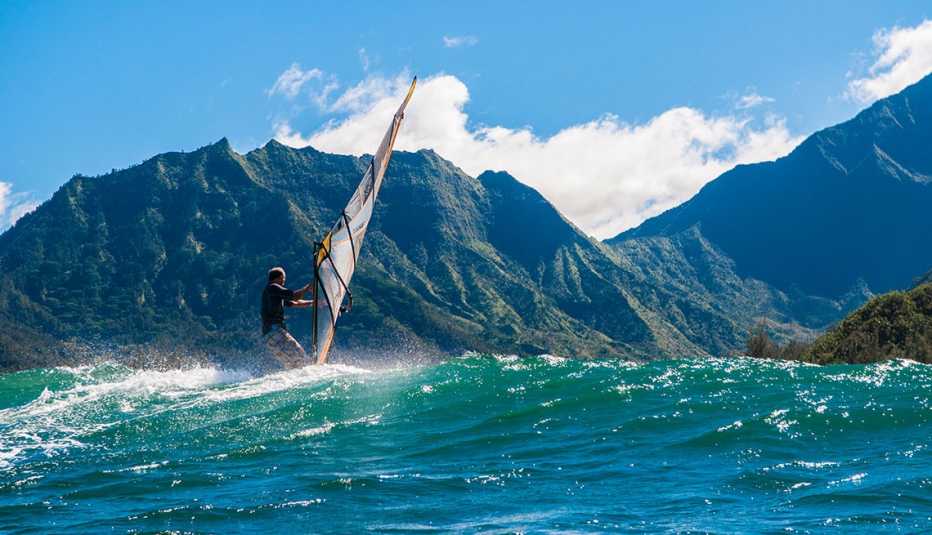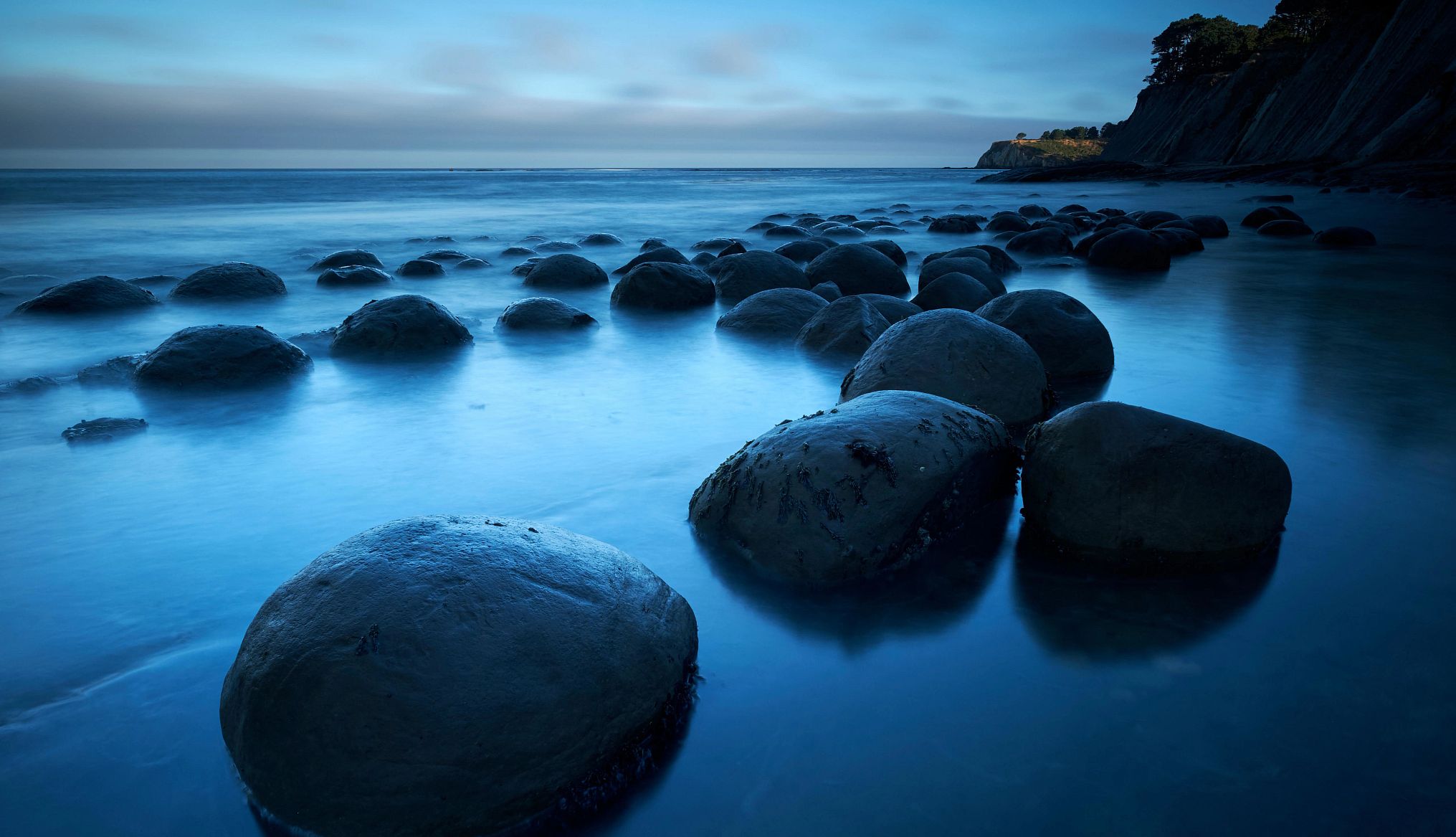AARP Hearing Center
The images of swaying palm trees, inviting turquoise waters and deserted white sandy beaches have long lured travelers to the islands of Hawaiʻi. More than 9.7 million people visited the Aloha State in 2024. Though the entirety of Hawaiʻi encompasses a string of 137 islands in the Pacific Ocean, there are eight major islands, six of which are open to the public and welcome visitors. Just as the islands have their own vibes or personalities, so do their beaches, from iconic spots such as Waikīkī to the quietest stretch of sand in the most remote part of an island.
According to a study in the Annals of Global Health, time in, on and near the ocean positively impacts our mental and physical health. Tripadvisor’s annual Summer Travel Index shows that 56 percent of boomers and Generation X say they want to relax while on vacation, and the 2025 Hilton Trends Report shows 52 percent of respondents between 50 and 64 enjoy spending the day lying waterside. Here, we take a look at seven Hawaiian beach gems ideal for relaxing and recharging, following the chain from the island of Hawaiʻi north to Kauaʻi.
Because these beaches are lesser-known, lifeguards may not be present. Pay attention to the weather, which can affect waves and tides. Visitors are encouraged to review Ocean Safety and/or Safe Beach Day to check conditions before setting out.
Note: If you encounter wildlife on any of the beaches in Hawai‘i, please be mindful — give them their space and do not approach. Not only is it the considerate thing to do, but Hawai‘i imposes heavy fines on those who disturb native wildlife, including sea turtles and monk seals.


Hawaiʻi
A black sand beach was created as a result of the 2018 activity of Kīlauea, one of the volcanoes in Hawai‘i Volcanoes National Park. Pohoiki Black Sand Beach, also known as Isaac Kepo‘okalani Hale Beach Park, is in the Puna district on the eastern side of the island, south of Hilo.
A popular surfing spot for experienced boarders, Pohoiki Black Sand Beach is terrific for swimming, too, though visitors will want to heed lifeguards’ warnings if issued. The beach is flanked by verdant palm trees and a bright blue sky overhead, a clash of colors that makes for incredible photos.
Stay: Reserve a room at Volcano House within Hawai‘i Volcanoes National Park.
Do: After walking through the 500-year-old Nāhuku (Thurston Lava Tube), go deep into Hawai‘i Volcanoes National Park to see the Puʻuloa Petroglyphs. About 23,000 petroglyphs have been found in the lava field. The uneven terrain at both of these sites could make walking or hiking moderately difficult; use caution.

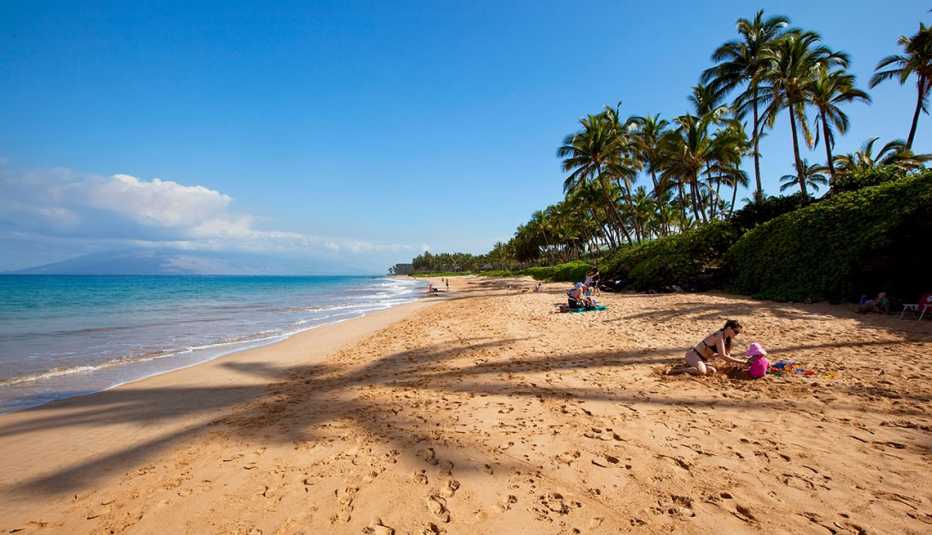
Maui
Maui’s 130-plus-mile coastline boasts more than 30 miles of beaches, some of which rank among the best in the U.S. There are plenty of options when it comes to a beach day on the “Valley Isle.”
Keawakapu Beach stretches from the south end of the town of Kihei into Wailea. Although the beach is not a hidden gem, the southernmost of its three entrances is usually less crowded. At almost a mile long, it’s ideal for strolling.
Stay: Consider Mana Kai Maui for hotel and condo accommodations overlooking Keawakapu Beach.
Do: Travel inland and taste the flavors at Kula Country Farms, including farm-fresh produce, honey, jams and strawberries you can pick yourself from February through June.

































































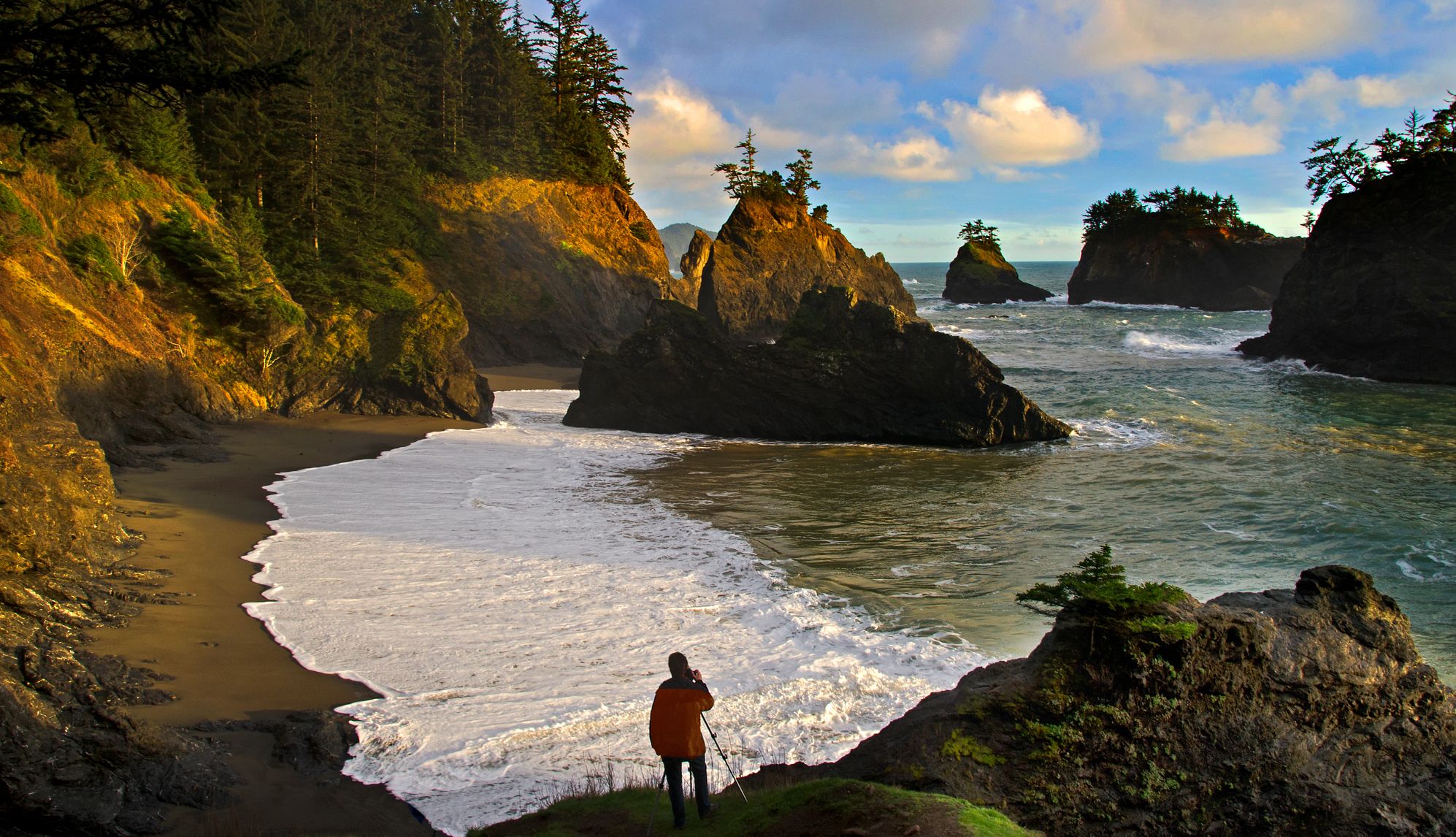
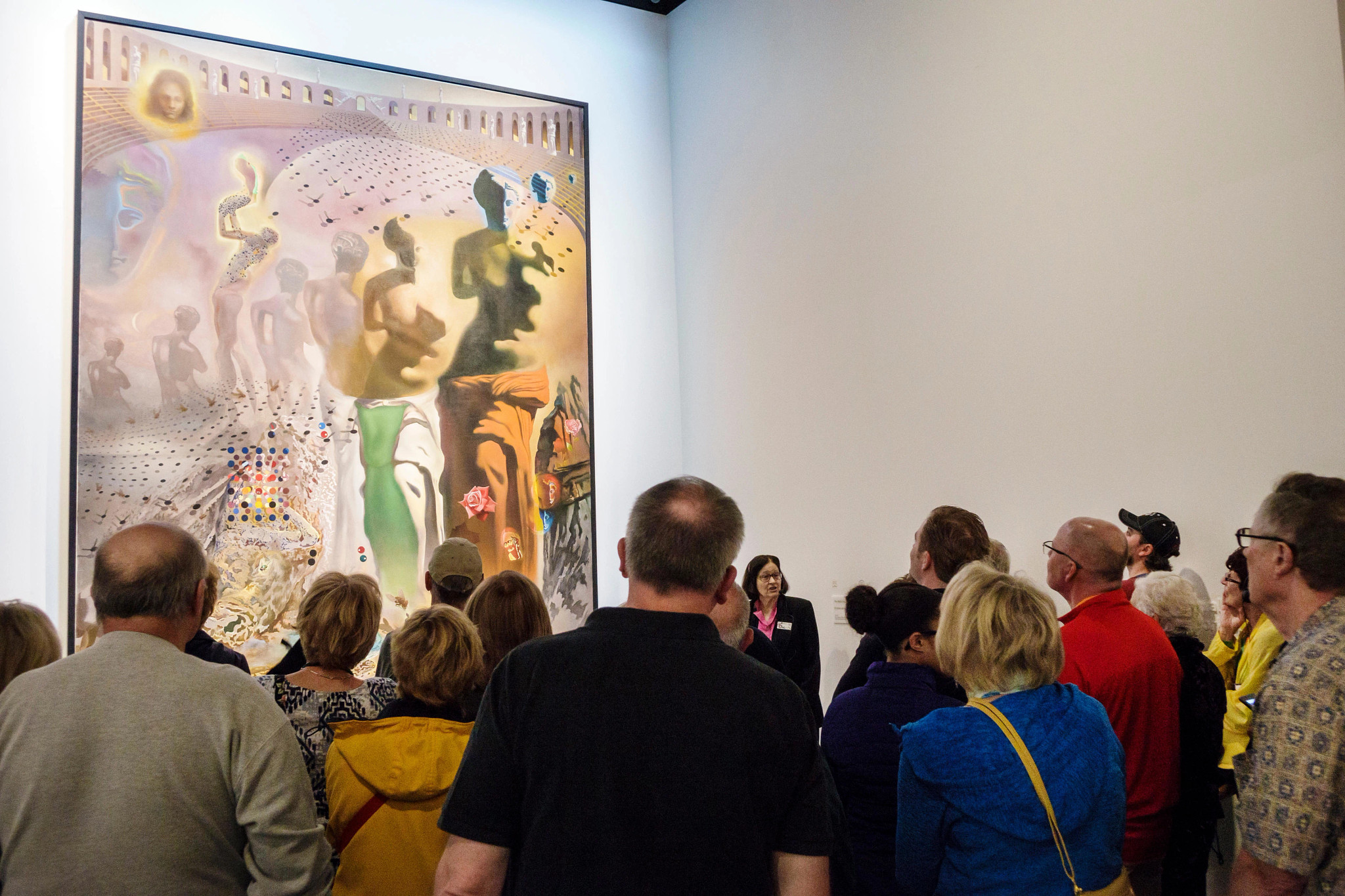.jpg?crop=true&anchor=10,180&q=80&color=ffffffff&u=2xkwh0&w=2021&h=1161)
